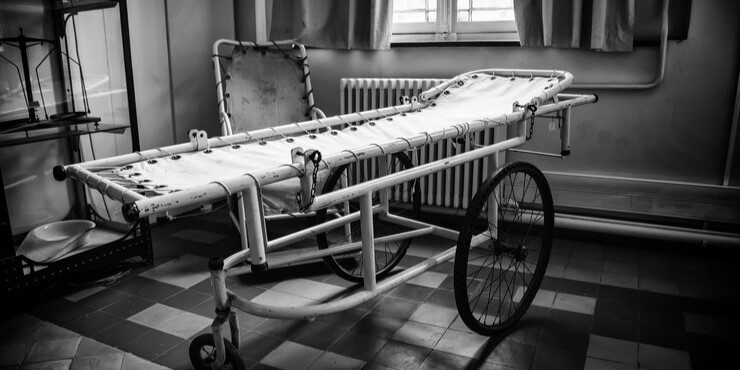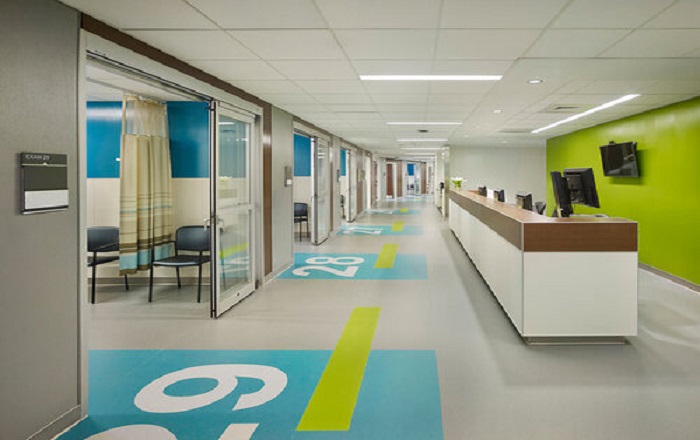A critical role in patient comfort and recovery is unequivocally designated to Hospital beds. They are admittedly overlooked in the processes of medical healthcare but on a closer look, hospital beds play a central role in aiding the patient’s recovery and tranquil slumber. Hospital beds of today are designed to keep up with the advancement of innovative technology and are built in various ways, shapes, and sizes with the primary goal of improving patients’ illnesses and health conditions.
However, there was a time when hospital beds were not as comfortable for anyone to use. They have been through a makeover and evolution pivotal to the medical industry since they were first introduced in the 1800s.
Hospital beds have been of different types depending on health conditions and treatment. In this article, we will list the types of hospital beds and go back in time to their history and the different ways they have developed.
Types Of Hospital Beds
In medical facilities, hospitals, and sometimes, the home, we see numerous types of hospital beds. Some of these types of hospital beds are:
The Gatch Bed
The Electric Bed
The Low Beds
The Low Air Loss Beds
The Circo-electric Beds
The Clinitron Beds
The Stretcher Beds
The History of Hospital Beds
Many duplicates of hospital beds have existed for centuries, and so, it is challenging and ambitious to precisely identify their exact origins. It is factual to surmise that beds in hospitals were invented in some way or another since the inception of hospitals. These were makeshift beds used in the infirmaries but it was not until the Middle Ages that structured hospital beds were created.
Hospital beds began as basic stretchers with two long poles and a cloth material laid out across to allow patients to be transported. Since then, hospital beds have developed in innovative ways.
The 2016 Journal of Physics: Conference Series which is titled, From Modern Push-Button Hospital-beds to 20th Century Mechatronic Beds: A Review, details research on what is written as “a more defined point of origin”, from the beds with adjustable side-rails in 1815 to the electric beds of the Modern Age.
In 1815, the adjustable bed rails were evaluated to have appeared during a period between then and 1825 in England. A mechanical crank was used to move the side rails up and down.
In 1874, a mattress company out of Cincinnati, Ohio called Andrew Wuest and Son, registered a patent for a type of mattress frame with a hinged head that could be elevated. It is considered the first iteration of the modern hospital beds used today.
In 1909, a former chairman of the Department of Surgery at the Indiana University School of Medicine, Willis D. Gatch, innovated the next ingenuity of hospital beds. He designed the 3-segmented adjustable bed which allowed the head and the feet to be elevated. It is known as the Gatch bed today.
In 1945, General Electric created the Push Button hospital beds and its interesting feature was to eliminate the bedpan by including a built-in toilet.
In 1946, after billionaire Howard Hughes was in a plane accident, he realized how unhappy he was with the equipment available and invented a hospital bed that he’d be more comfortable with. It had 6 sections and 30 electric engines and is said to be the prototype for modern hospital beds.
In 1949, Hospital bed manufacturers began to design controls and basic functions.
In the 1950s, Hill-Rom Company, in 1952, developed a bed with an electric engine and created its first bed with full electrical functioning in 1956.
In 1958, Dr. Homer Stryker developed the Circ-O’lectric Bed and many other alternative models to address complex medical conditions were created.
In 1961, basic bed controllers began to be installed in the new batch of beds.
In 1974, a control panel on bed side rails was created.
In 1978, hospital beds were created with the function of side rails remote control.
In 1980, there was a focus on the development of mattresses for hospital beds in the 80’s. Therapeutic mattresses, position detectors, patient exit monitoring devices, devices to call the nurse, permanent cardiovascular monitoring, and mechanics to weigh patients while in bed were invented, and became standard bed features.
In 1983, an electric bed for home use outside of the hospital was innovated.
In the 1990s, advanced functions for hospital beds were developed and mechatronic beds became a reality. Intelligent designs for hospital beds began to be developed.
In 1993, industry standards to protect against mechanical and electric hazards for electronic beds were created.
Today, there is ongoing research to develop and build upon the newer hospital bed designs in the form of intelligent beds to monitor vital signs and provide more efficient care for patients. Hospital bed standards are evolving to make beds more intelligent, comfortable, and functional for patients and caregivers to secure the future of healthcare services.



